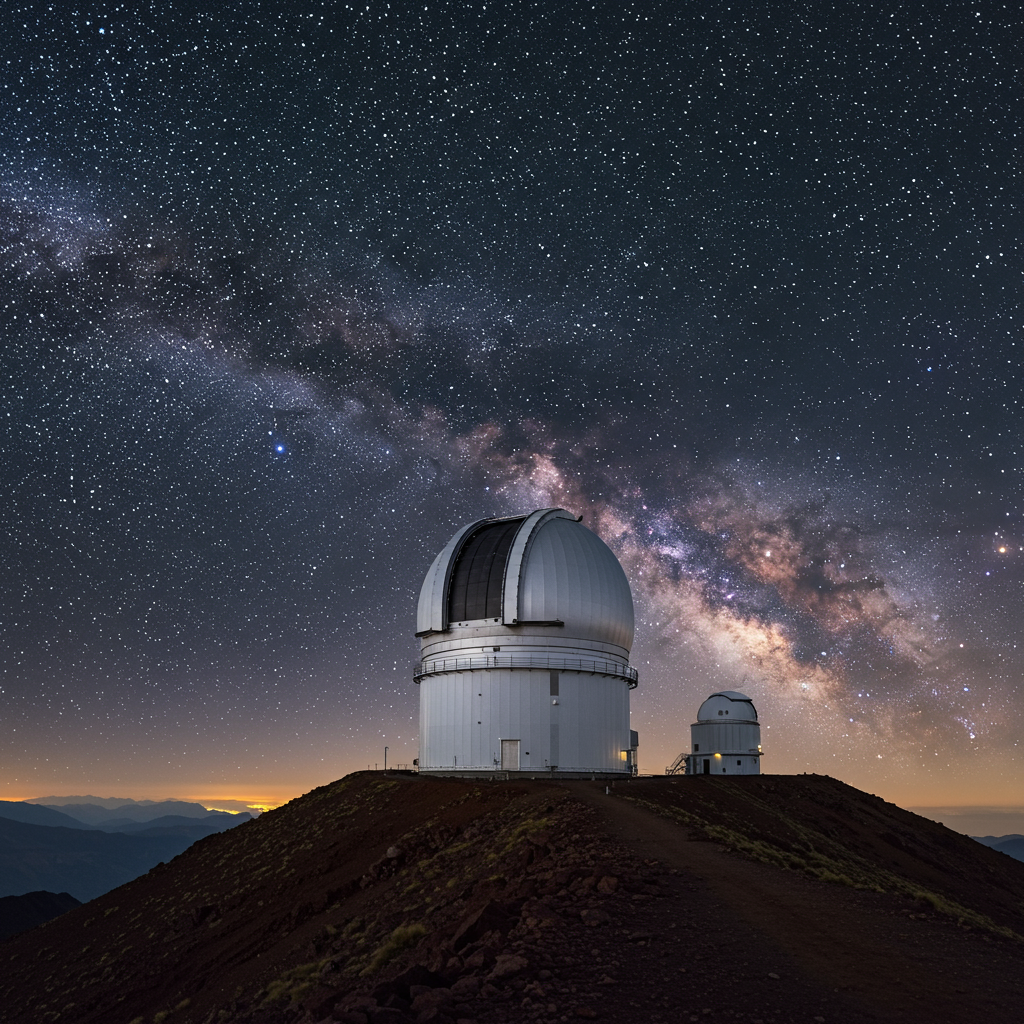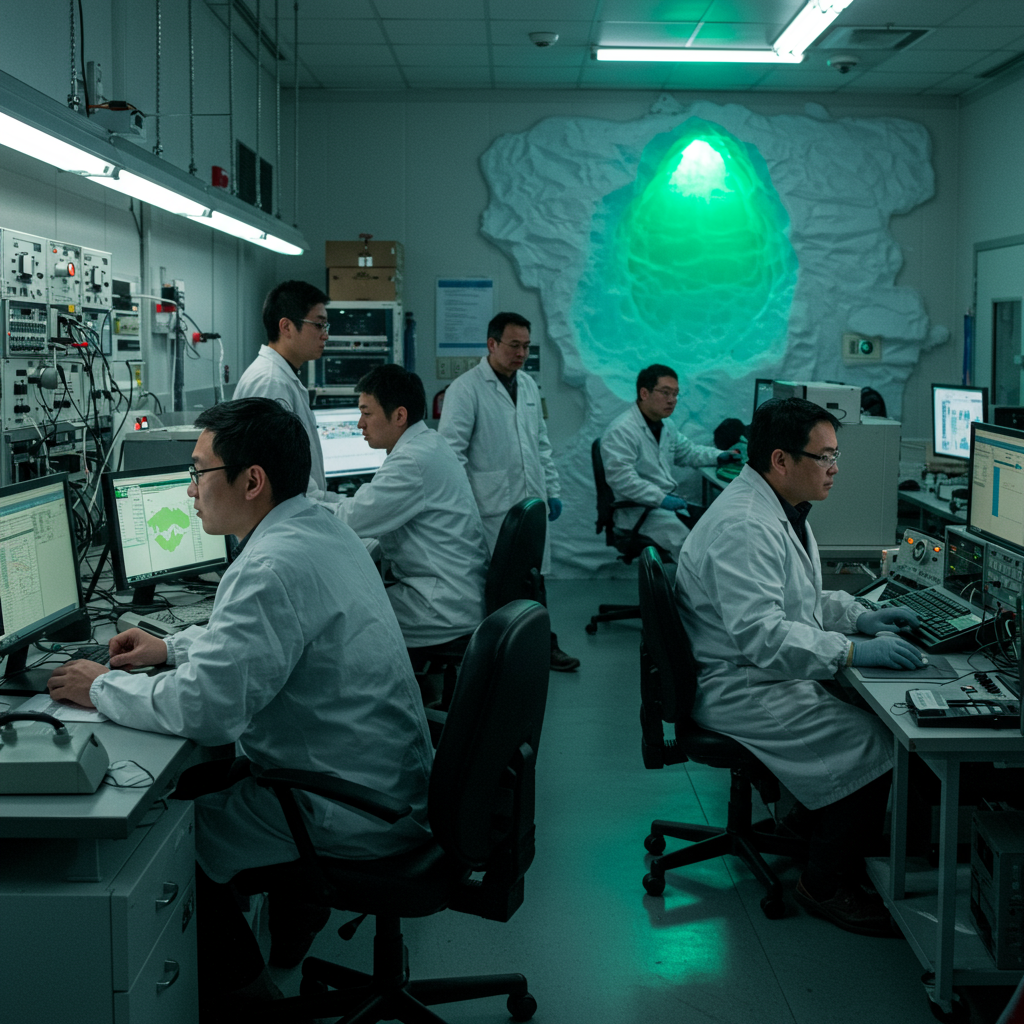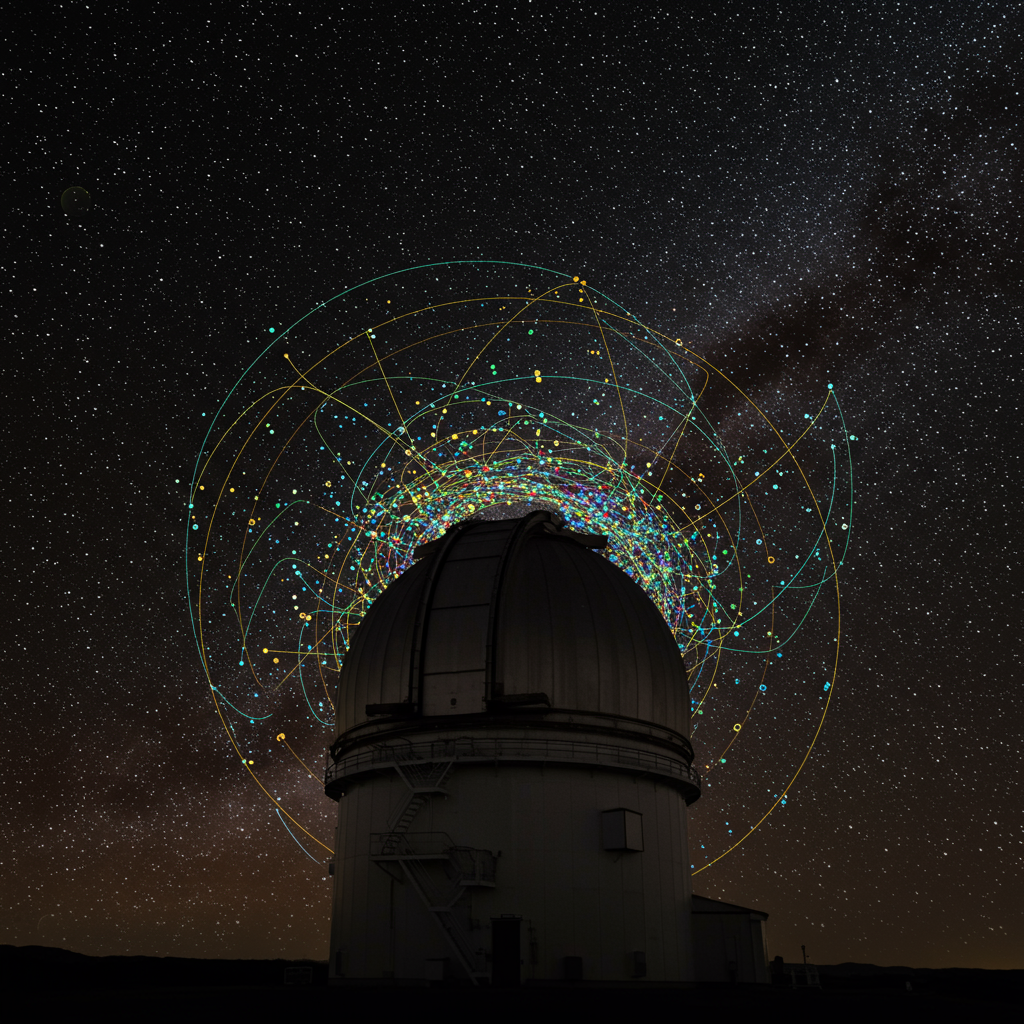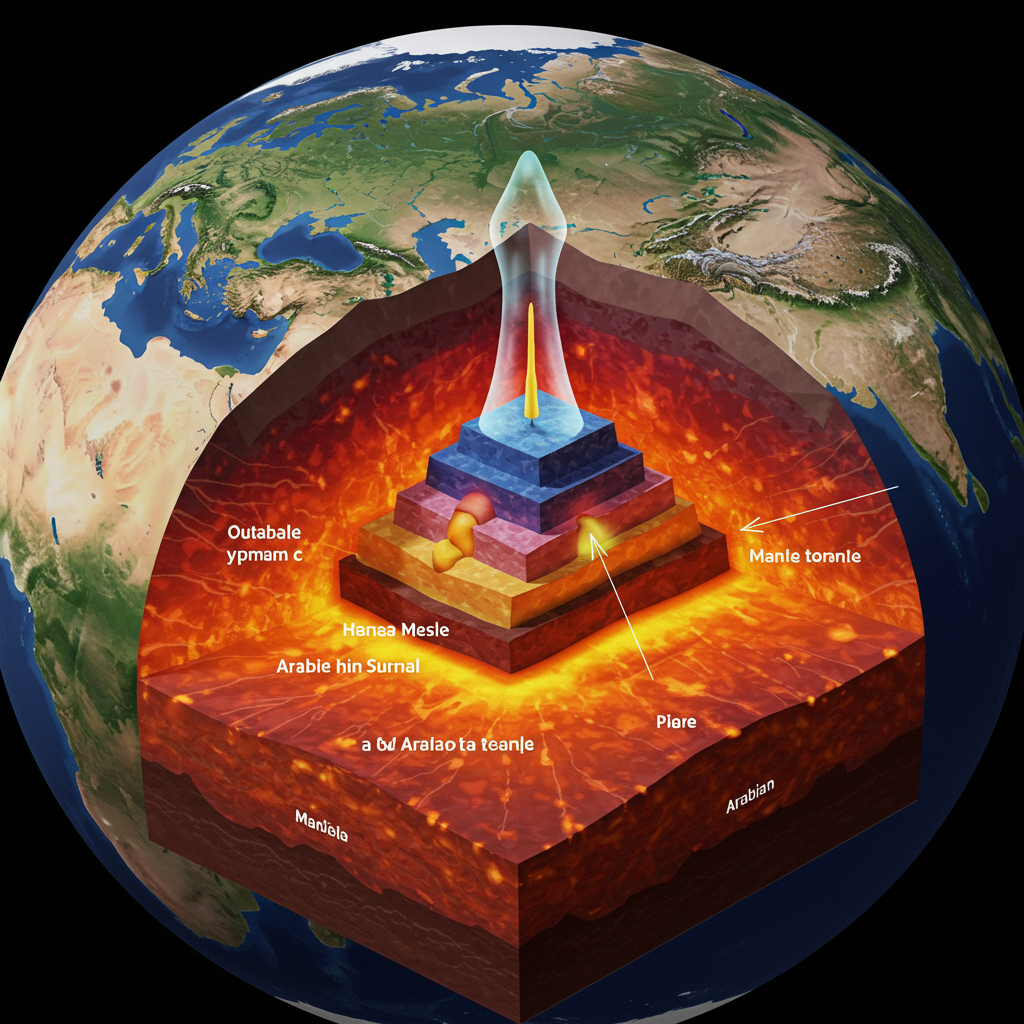Unveiling the Cosmos: The Vera Rubin Observatory and Its Record-Breaking Camera
Perched atop an 8,800-foot mountain peak in Chile, the Vera C. Rubin Observatory is poised to revolutionize our understanding of the universe. At the heart of this ambitious project lies the Legacy Survey of Space and Time (LSST) Camera – the world’s largest digital camera, recognized by the Guinness Book of World Records. This car-sized, 6,600-pound marvel is not just a camera; it’s the key instrument for an unprecedented decade-long survey of the southern night sky, set to create a vast, ultra-high-definition “movie” of the cosmos.
Built with precision at the SLAC National Accelerator Laboratory in California, the LSST Camera represents a triumph of engineering. Its recent installation in March 2025 marked a critical step toward achieving “first light” later that year, with the full survey expected to commence in the fall. The excitement is building, with the first public images from this incredible instrument anticipated on June 23rd.
Inside the World’s Largest Digital Eye
The technical specifications of the LSST Camera are simply staggering. Its core is a focal plane spanning over two feet wide, housing 189 high-resolution CCD image sensors. Sealed in a vacuum and supercooled to minus 148 degrees Fahrenheit to eliminate image noise and speckling, these sensors collectively capture an astonishing 3.2 billion pixels in a single shot.
Each sensor is roughly 1.6 inches wide and contains over 16 million pixels. They are grouped into 21 “rafts,” with each raft holding nine sensors and over 144 million pixels. Specialized corner rafts are designed to detect guide stars, helping the telescope quickly adjust for optical distortions and temperature changes during observations.
While the camera is a technological masterpiece, building an instrument with billions of pixels presents immense challenges. Acknowledging this, some minor imperfections are present, such as a few nonfunctional or noisy segments within the vast grid of sensors, and one sensor potentially damaged by a recent incident. Despite these isolated issues, the camera is designed for a robust operational life exceeding 10 years.
The LSST Camera captures an impressive 3.5 degrees of the sky in each exposure – a much wider field of view than most telescopes. Images are captured remarkably quickly, requiring just 15 seconds for the exposure and a mere two seconds to download the massive data file. To grasp the scale, a single test image, described as “the largest image ever captured in a single shot,” would cover nearly 400 4K television screens if displayed at full size.
A Data Deluge: Mapping the Changing Universe
The true power of the Rubin Observatory and the LSST Camera lies in their ability to repeatedly scan the entire southern sky every few nights. This rapid cadence will generate an unprecedented volume of data – approximately 20 terabytes every single night. This data deluge, comparable in volume for a single image to all the words ever published by The New York Times since 1851, will be transferred and processed at facilities across the globe, including in California, France, and Britain.
Specialized software will compare each new image to a continually updated template of the sky. This comparison process is designed to automatically detect changes, such as shifts in position or variations in brightness. Scientists anticipate identifying up to 10 million changes in the sky every night.
Over its decade-long mission, the Legacy Survey of Space and Time is expected to catalog an astonishing 20 billion galaxies and 17 billion stars across the southern sky. This massive dataset will provide invaluable insights into fundamental questions about the universe.
Unlocking Cosmic Secrets and Hunting the Unknown
The scientific objectives of the Rubin Observatory and the LSST are vast and deeply linked to the legacy of its namesake, astronomer Vera C. Rubin, whose work provided compelling evidence for the existence of dark matter. The survey will be critical in investigating the mysteries of dark energy, which is driving the accelerated expansion of the universe, and dark matter, the unseen mass that holds galaxies together.
Beyond these core goals, the LSST will explore the formation and evolution of galaxies, study the structure and dark matter distribution within our own Milky Way, and provide detailed data on objects within our solar system. It’s expected to double the number of known small bodies in our solar system within its first month of operation alone.
Furthermore, the observatory’s rapid, sensitive scans are uniquely suited to detect objects entering our solar system from interstellar space. Building on this capability, the Rubin Observatory could play a surprising role in the search for technosignatures – evidence of advanced alien technology. While primarily focused on natural phenomena, the ability to track millions of objects and detect subtle changes could potentially reveal interstellar probes or spacecraft exhibiting “non-gravitational accelerations” or unusual motions inconsistent with natural forces. While defining what alien technology might look like remains a challenge, the Rubin Observatory offers the most comprehensive opportunity yet to spot something truly anomalous passing through our cosmic neighborhood.
Challenges and Calibration
The ambitious survey is not without its challenges. The increasing number of orbiting satellites, like SpaceX’s Starlink constellation, poses a potential issue. Simulations suggest that roughly one in ten Rubin images may contain a bright streak from these satellites, although scientists are developing methods to mitigate their impact on the data. The observatory will also contend with natural interruptions like clouds and necessary maintenance over its lifespan.
Prior to beginning its full survey, the telescope and camera undergo rigorous calibration. During visits in May 2025, the system was being calibrated using reflected light from a massive donut-shaped white screen to measure minute differences in the sensitivity of each of the 3.2 billion pixels.
As the Vera C. Rubin Observatory transitions from construction to operation, its LSST Camera stands ready to capture an unprecedented view of the universe. The wealth of data it will produce promises to fuel discoveries for a generation of scientists, shedding light on everything from the familiar stars in our galaxy to the darkest mysteries of the cosmos and perhaps, revealing unexpected visitors from beyond.




